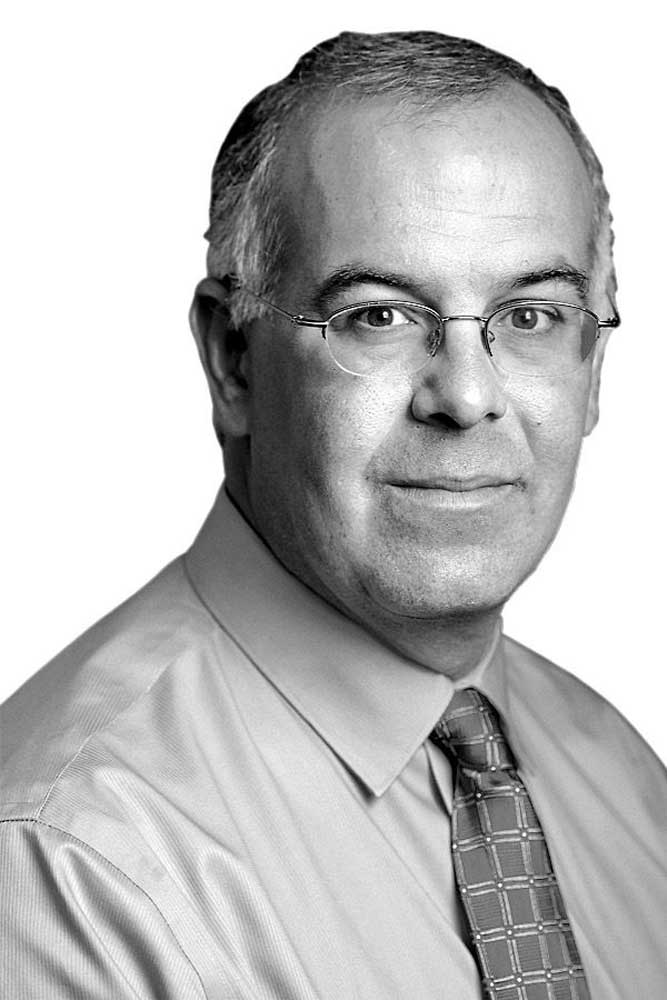Commentary: The village that raised Kavanaugh
Published 12:00 am Wednesday, July 11, 2018

- David Brooks(Josh Haner/The New York Times)
In the weeks ahead, we’re going to spend a lot of time going over Brett Kavanaugh’s biography — where he’s from and what he’s written. But that’s not the most important way to understand the guy.
Kavanaugh is the product of a community. He is the product of a conservative legal infrastructure that develops ideas, recruits talent, links rising stars, nurtures genius, molds and launches judicial nominees. It almost doesn’t matter which Republican is president. The conservative legal infrastructure is the entity driving the whole project.
This community didn’t just happen; it was self-consciously built. If you want to understand how to permanently change the political landscape, it’s a good idea to study and be inspired how it was done.
Back in the 1970s, the legal establishment was liberal. Yale Law School was the dynamic center of liberal legal thinking. Lawyers who had begun their careers during the New Deal were at the height of their power and prestige. The Ford Foundation funded a series of legal aid organizations to advance liberal causes and to dominate the law schools.
Even Republican Supreme Court picks like Harry Blackmun and Sandra Day O’Connor tended to drift left.
As Steven Teles notes in “The Rise of the Conservative Legal Movement,” the first conservative efforts to stand up to the left failed.
Then things began to turn around.
First came the critique. In 1980, Michael Horowitz wrote a seminal report for the Sarah Scaife Foundation, explaining why conservatives were impotent in the legal sphere. Horowitz suggested that conservative legal organizations pick cases in which they represented underdogs against big institutions associated with the left.
Then came the intellectual entrepreneurs. Aaron Director of the University of Chicago Law School inspired many of the thinkers who would create the law and economics movement. This was a body of ideas that moved from the fringes of American legal thought to the very center. This movement was funded by groups like the John M. Olin Foundation, which was willing to invest for the long term and not worry about “metrics” or “measurable outcomes.”
Then came the network entrepreneurs. In 1982, a group of law students including Lee Liberman Otis, David McIntosh and Steven Calabresi founded the Federalist Society, which was fundamentally a debating society.
The Federalist Society spread pretty quickly. It turned into a friendship community and a professional network, identifying conservative law students who could be promoted to fill clerkships.
As Teles points out, the key features of the Federalist Society were the limits it would put on itself. It did not take stands on specific policy issues. It did not sponsor litigation on behalf of favorite causes. It did not rate judicial nominees. It did not go in for cheap publicity stunts.
It wielded its immense influence indirectly, by cohering a disciplined community and letting it do the work.
Otis, McIntosh and Calabresi all went to work in the Reagan administration. They are now part of a vast army of conservative legal cadres working throughout the system.
The conservative legal establishment is fully mature. Trump bucked the conservative foreign policy establishment and the conservative economic establishment, but he’s given the conservative legal establishment more power than ever before.
As establishments mature they begin to fracture. Teles said that all the judges on any GOP list are going to be skeptical of Roe v. Wade, but Federalist Society types are now divided on many of the issues coming to the fore. The members often break down on libertarian versus conservative lines, or between social conservatives (for Amy Coney Barrett) and establishment conservatives (for Kavanaugh).
I’d be surprised, though, if any of these splits fundamentally disrupted this establishment. The people who built the conservative legal establishment built a community over several decades — with deep roots and strong fraternal and professional bonds.
It’s a lesson. If you emphasize professional excellence first, if you gain a foothold in society’s mainstream institutions, if you build a cohesive band of brothers and sisters, you can transform the landscape of your field.
— David Brooks is a columnist for the New York Times.






